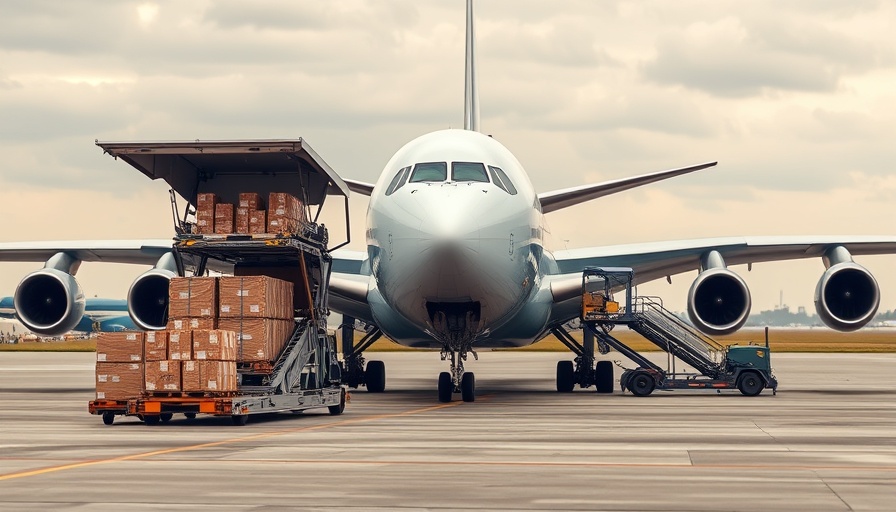
Understanding the Decline in Cargo Demand
In May 2025, African airlines reported a 2.1% year-on-year decline in demand for air cargo, despite seeing a 2.7% increase in capacity. This discrepancy emphasizes the challenges faced by airlines in adapting to a fluctuating market. The International Air Transport Association (IATA) noted that globally, air cargo demand rose by 2.2%, hinting at significant variances across different regions. This divergence underlines the complexities of the global logistics landscape.
Trade Routes and Their Impact on Air Cargo
The Asia-North America trade lane showcased a sharp decline, largely driven by recent shifts in U.S. trade policies. This has prompted supply chain managers to reassess and adjust their operations, notably moving goods in anticipation of tariffs and newly enforced shipping rules. Interestingly, while African airlines struggled, other regions continued to exhibit growth in specific routes. For instance, Europe-Asia traffic surged by 13.4%, reflecting a robust demand that may offer insights into potential opportunities for African markets.
The Broader Aviation Context
Willie Walsh, IATA's Director General, points out that despite the challenges, the resilience of the air cargo sector remains vital. The decline in Africa is not an isolated event; it echoes broader trends affecting the aviation industry worldwide. As logistics managers, staying informed about these shifts allows for better strategic planning, potentially securing a competitive advantage even amid declining demand.
Future Trends in Air Logistics
As we look ahead, the question remains: how will African airlines adapt to the continuous changes in the global supply chain? Increased capacity may not suffice without a strategic approach to bolster demand. Airlines must innovate with services tailored to current market trends and emerging consumer behaviors, particularly in e-commerce and international transfers.
 Add Row
Add Row  Add
Add 




Write A Comment